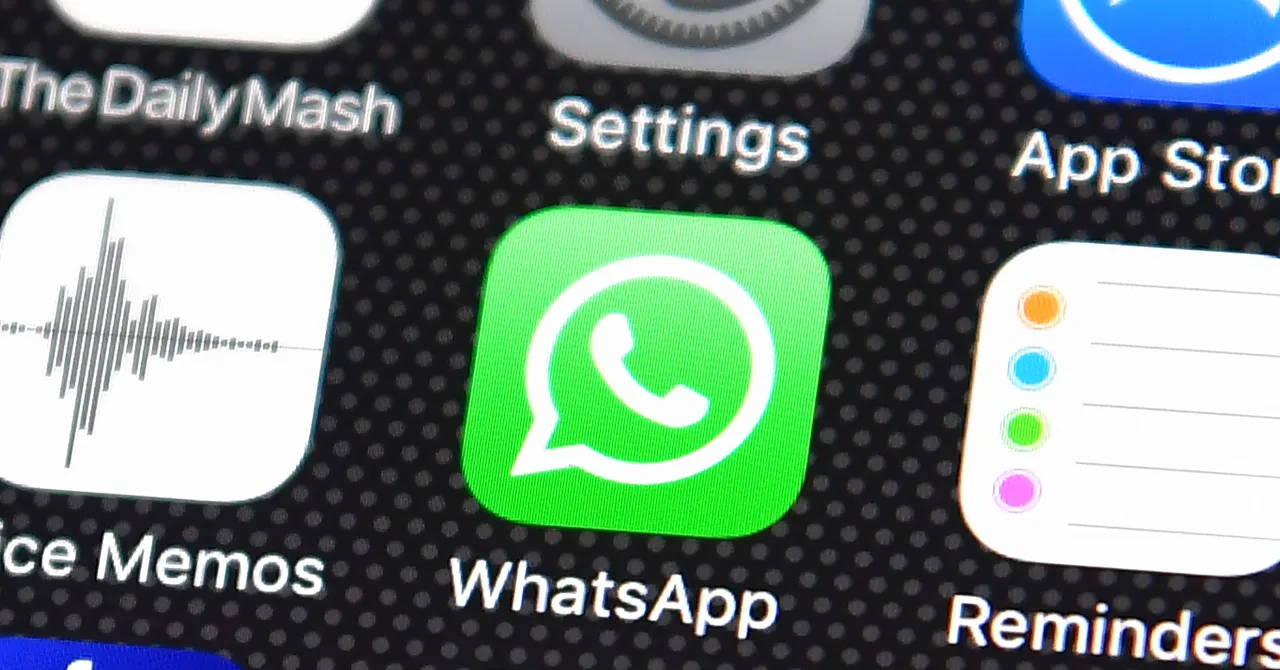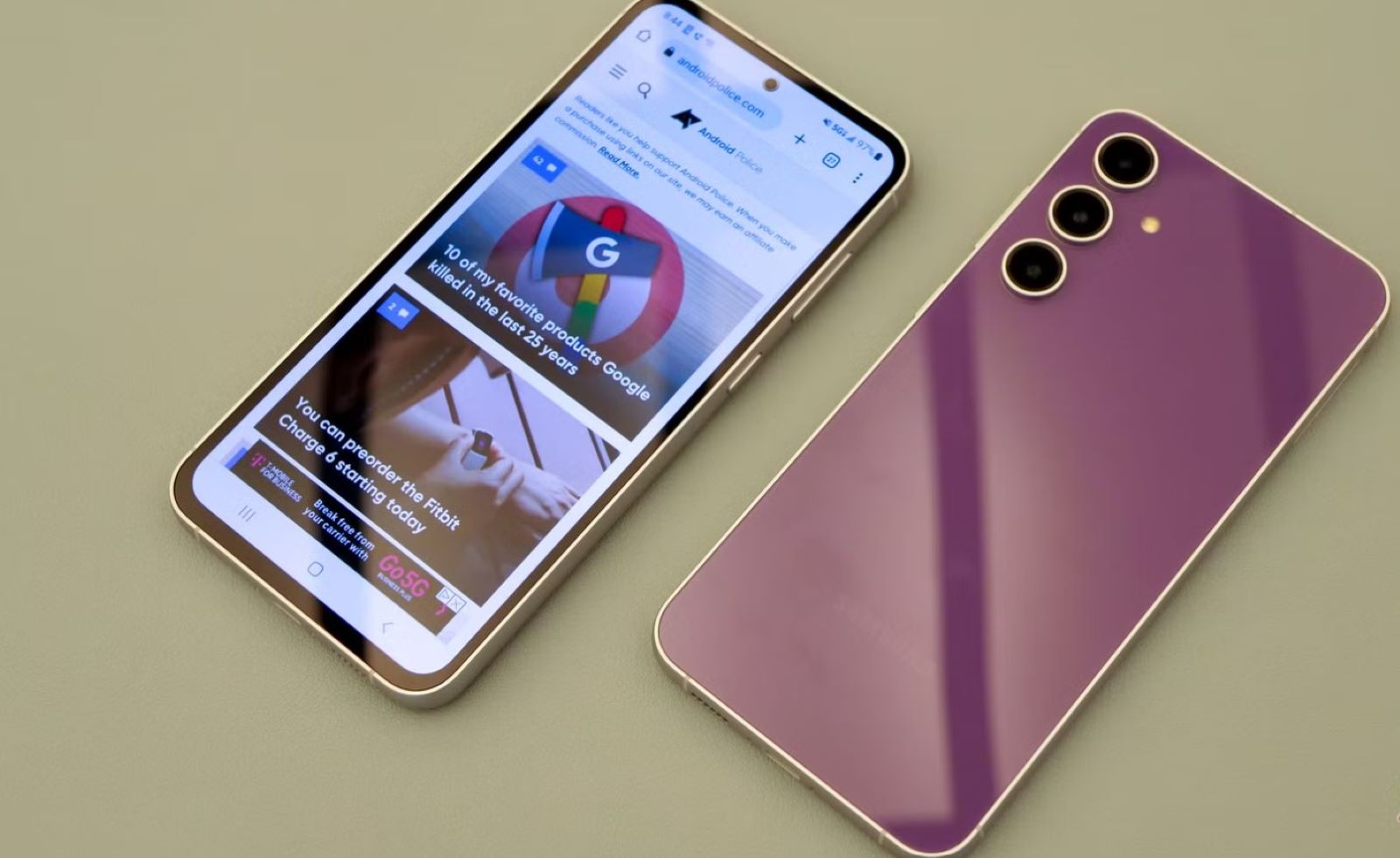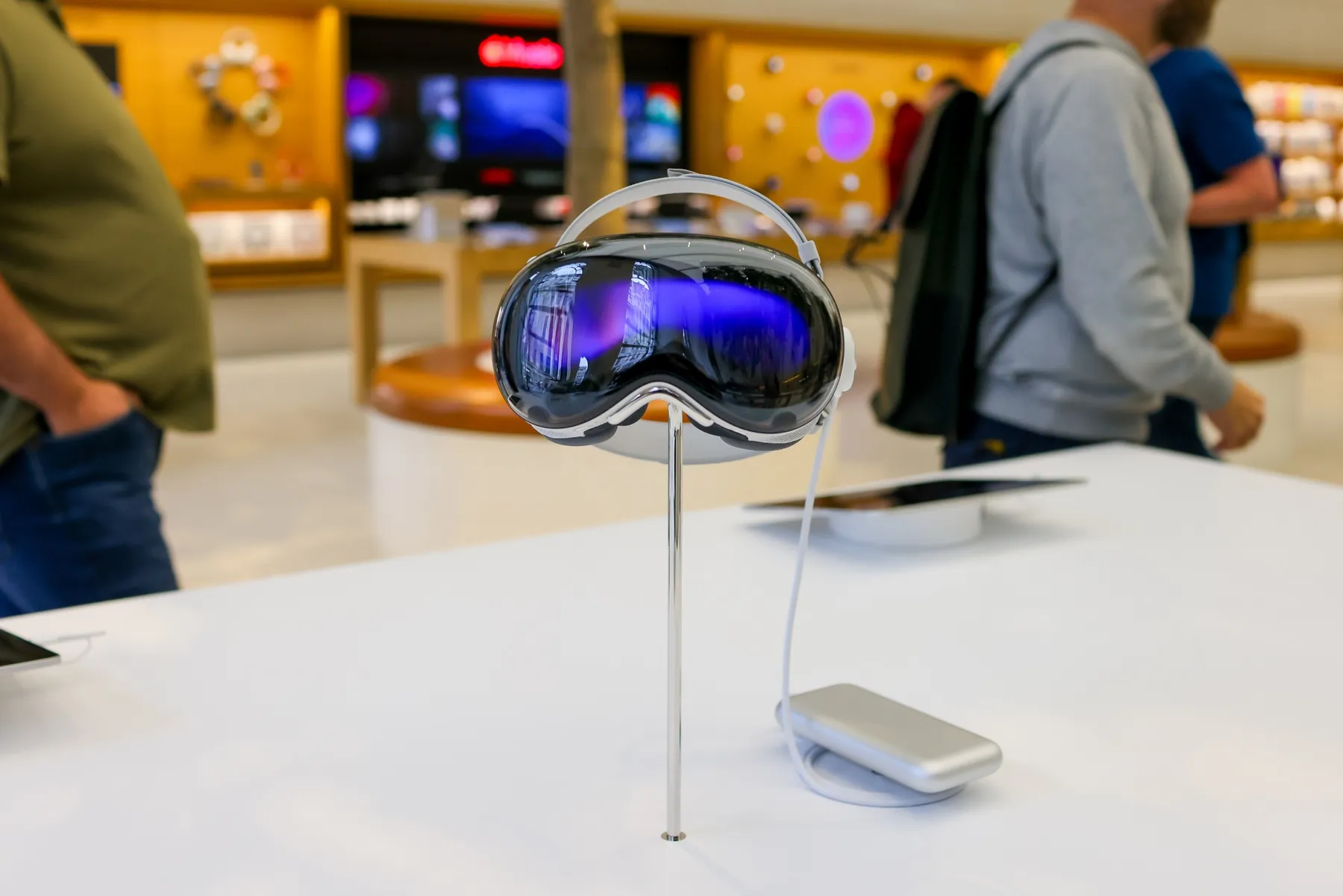With so much interest in mental health lately, it just makes sense that there would be a plethora of mental health technology popping up. Mental illness is a common topic as more and more people are coming forward to get treatment. In the United States, there are more than 46 million people with a mental health condition and although less than half of these individuals get help, that number is starting to rise as well. We took a look at some of the top techs for mental health we found.
Online Therapy
The most popular mental health tech is online therapy. However, it is not really as new as you think. It has been around for a few decades, but it is just recently getting more exposure as more people get access to the internet. Online therapy is exactly what it sounds like. Those who want to talk to a mental health care expert can communicate with them through texting, email, instant messaging, chat, telephone, or even teleconference. Anyone with an electronic device connected to the internet is able to use it and you can stay anonymous. One of the best parts is that you do not need an appointment and you do not even have to leave the house. And it is much less expensive than traditional face to face therapy. While traditional therapy is about $200 per hour on average, Betterhelp.com is only $40 to $70 per week and you can talk to your therapist as much as you want, 24/7/365.
Virtual Reality Headset
You may have already seen these in the stores and in fact, people have been using them for entertainment and gaming for years. And believe it or not, the VR headset has been being used for phobias in mental health care for over 20 years. The headset allows you to be gradually exposed to certain things that you are afraid of such as with arachnophobia or claustrophobia. Right now, it has to be done in the therapist’s office with supervision but in the future, you may be able to do it yourself. Actually, you can already use the entertainment and gaming headsets to expose yourself to certain stimuli that can help you desensitize yourself to phobias. However, this is not recommended as it can cause a panic attack or severe anxiety.
Mental Health Apps
There are thousands of mental health apps with more popping up every day. Some of the most popular are those that track your emotions and give you tips on how to improve your moods. Happify, which helps with mood tracking and meditation, is one of the most commonly downloaded mental health apps. It uses journaling and games to keep the user interested and this helps with the success because many of the apps that get downloaded-go unused if they are not interesting enough. MoodKit is another great choice for depression and anxiety and helps with identifying and changing unhealthy thoughts and moods. Another excellent choice is Headspace, which is targeted at those who are interested in meditation for anxiety and stress. This is perfect for those with OCD and PTSD as well as depression and anxiety.
Wearables
From headbands to watches, wearables for mental health is becoming a big business and has made some amazing technology to help people with anything from stress to autism. The Muse headband gives you real-time biofeedback on your mental health and can help you train your brain to make you happier. Muse keeps track of your progress and gives you breathing exercises to help your focus. Spire is a small wearable device that records your stress levels through your heart rate, breathing, and body temperature. It started as a medical device used in patients who have recently had surgery so the physician could monitor their health from home but has been found to be useful in mental health as well. Devices for autism include wrist straps or glasses that can let you know when your child is getting anxious to help prevent blowups and anxiety attacks.
Therapy is Still Important
However, even with all of the new tech gadgets, therapy is still the best choice for many mental health disorders. In most cases, though, online therapy is just as effective as traditional face to face therapy. In fact, being able to talk to your therapist 24/7 from home or wherever you may be is actually better than having a traditional therapist that you have to wait for an appointment to see. You cannot replace a professional with a watch or a headband after all. Not yet anyway.
Author Byline
Marie Miguel has been a writing and research expert for nearly a decade, covering a variety of health-related topics. Currently, she is contributing to the expansion and growth of a free online mental health resource with BetterHelp.com. With an interest and dedication to addressing stigmas associated with mental health, she continues to specifically target subjects related to anxiety and depression.








Add Comment